Creative Still Lifes Part I: From Sketch to Story
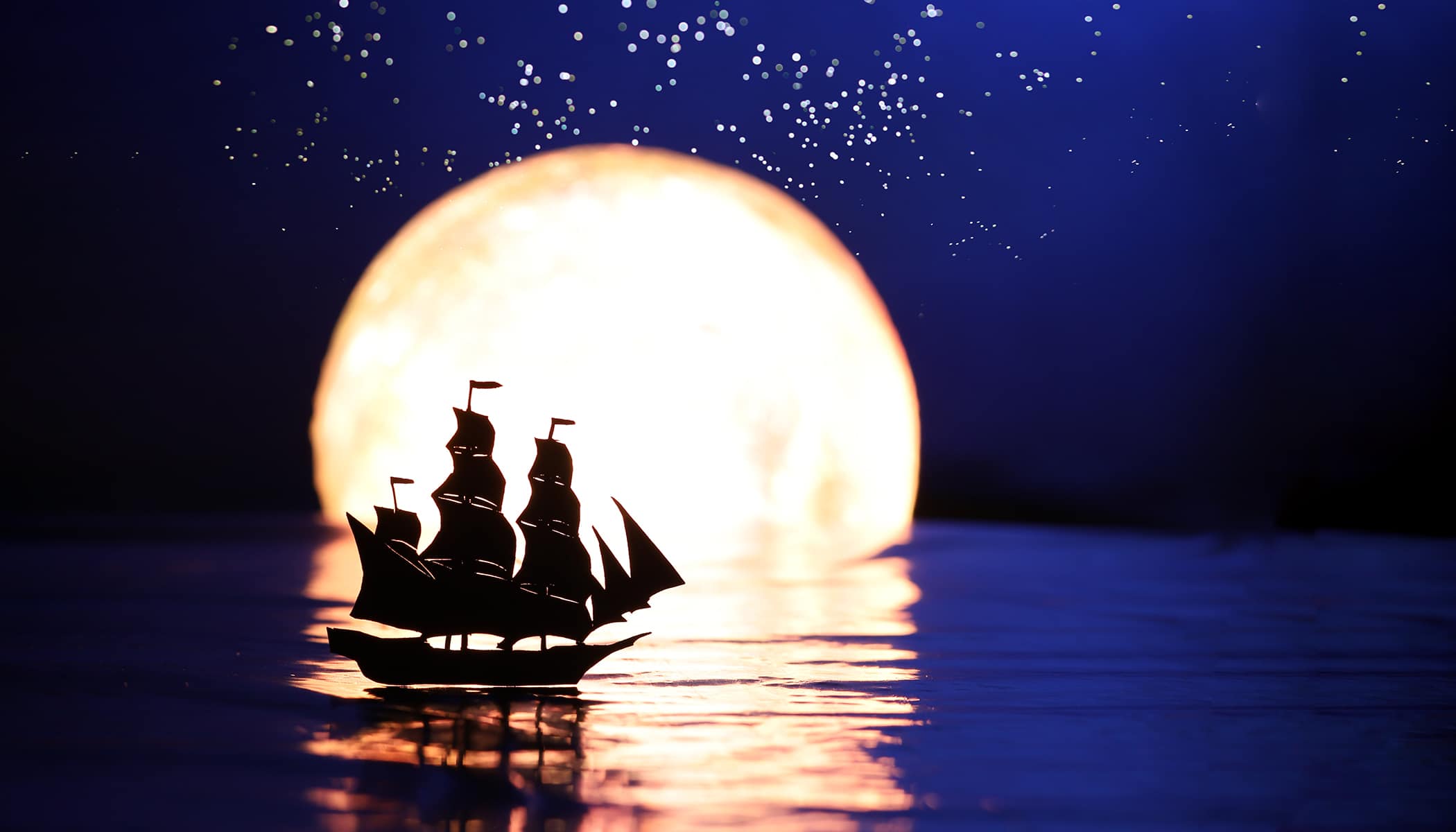
Creative still lifes are the perfect outlet for photographers who want to stay creative, even when they can’t or don’t want to go outside. If it’s pouring rain and the light is terrible, you can still be creative. All you need are a few props, a bit of light, and most importantly: an idea. Often, coming up with that idea is harder than mastering technique or choosing the right equipment.
So how do you come up with a theme for your still life that works? How do you visualize it and bring it to life in a photo? How can you create a small scene at home that has a story, atmosphere, and soul?
In this article, I share practical tips for sparking your imagination, where to find inspiration, and how even a quick sketch on paper can be a powerful creative tool.
1. Start with a sketch: A photo is born on paper
I know this isn’t common practice for most photographers, but before I shoot, I often sketch a rough layout. I can’t draw. I can’t even draw a straight line. But that doesn’t matter! The sketch is just for me. These simple sketches offer several advantages:
- You can plan the composition ahead of time. This saves you a lot of time during the shoot, because you won’t have to constantly shift objects around. Some props are easy to move, but what if you’re photographing ice that melts before you finish setting it up?
- Know exactly what props you need. No need to interrupt your work to run to the store for something you forgot.
- It’s a lifesaver for forgetful creatives. Ideas come and go. You can’t always be able to take pictures right away. And, you may forget what inspired you on the way home a week later.
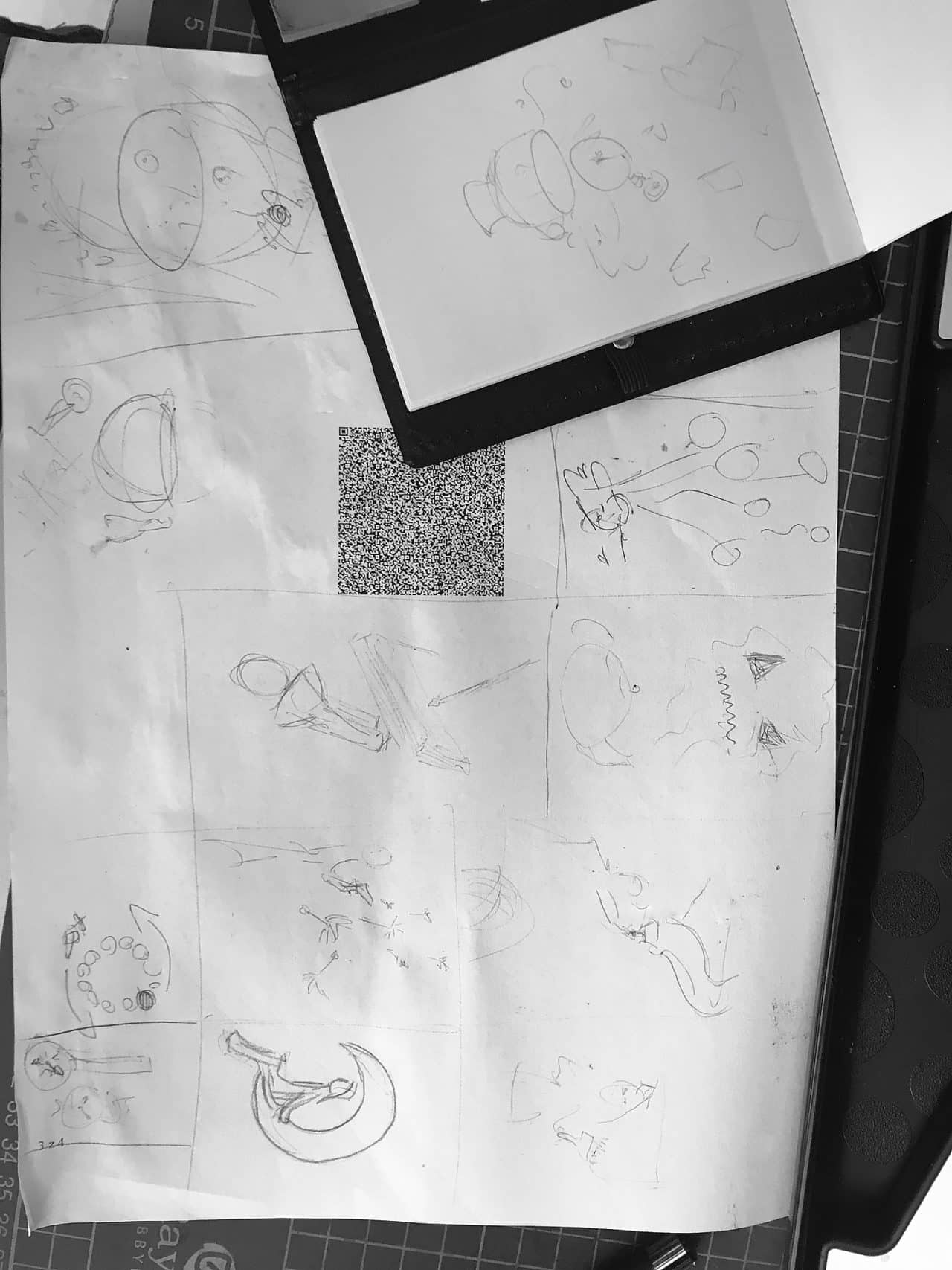
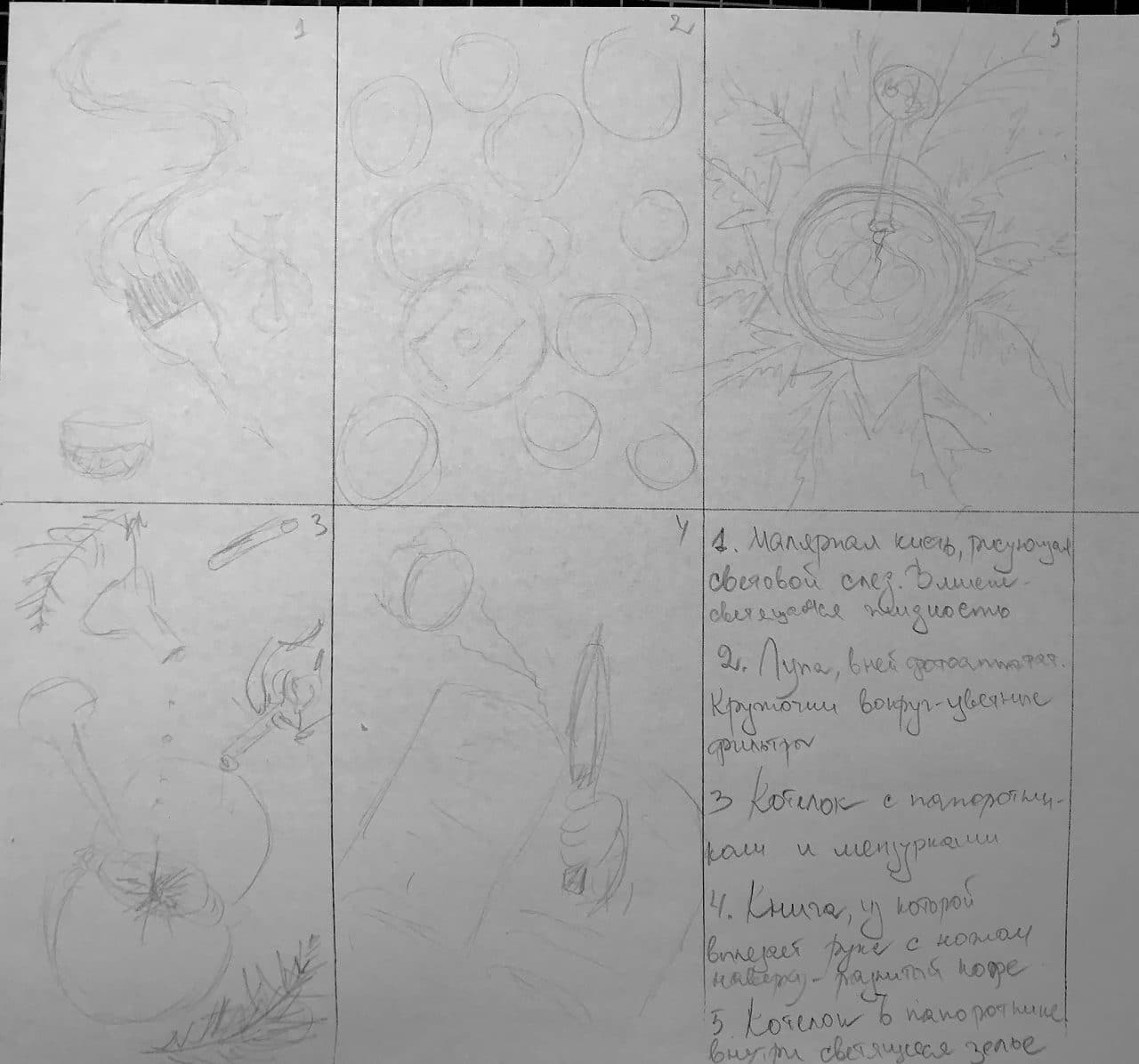
Start with a simple sketch on paper.
2. Look for shapes, colors, and similarities
A great creative exercise that’s fun for both kids and adults is to explore what different objects and shapes can resemble. Draw or print 10 circles and try turning each one into something recognizable. For example: a sun, a bicycle, a watch, a socket, a cup from above, an orange, and …what else? You can use more circles. The more you experiment, the more unique ideas you come up with.
You can do a similar exercise with color. When you’re out and about, look for (or better yet, photograph) objects of a single color. Later, go through your photos and ask what they have in common. A theme? A feeling? A mood?
I apply the same thinking to light. When I discover a new light source, I ask myself how it might work with a long exposure and what it could look like. For example, a decorative string of lights helped me create a mysterious smoke effect.
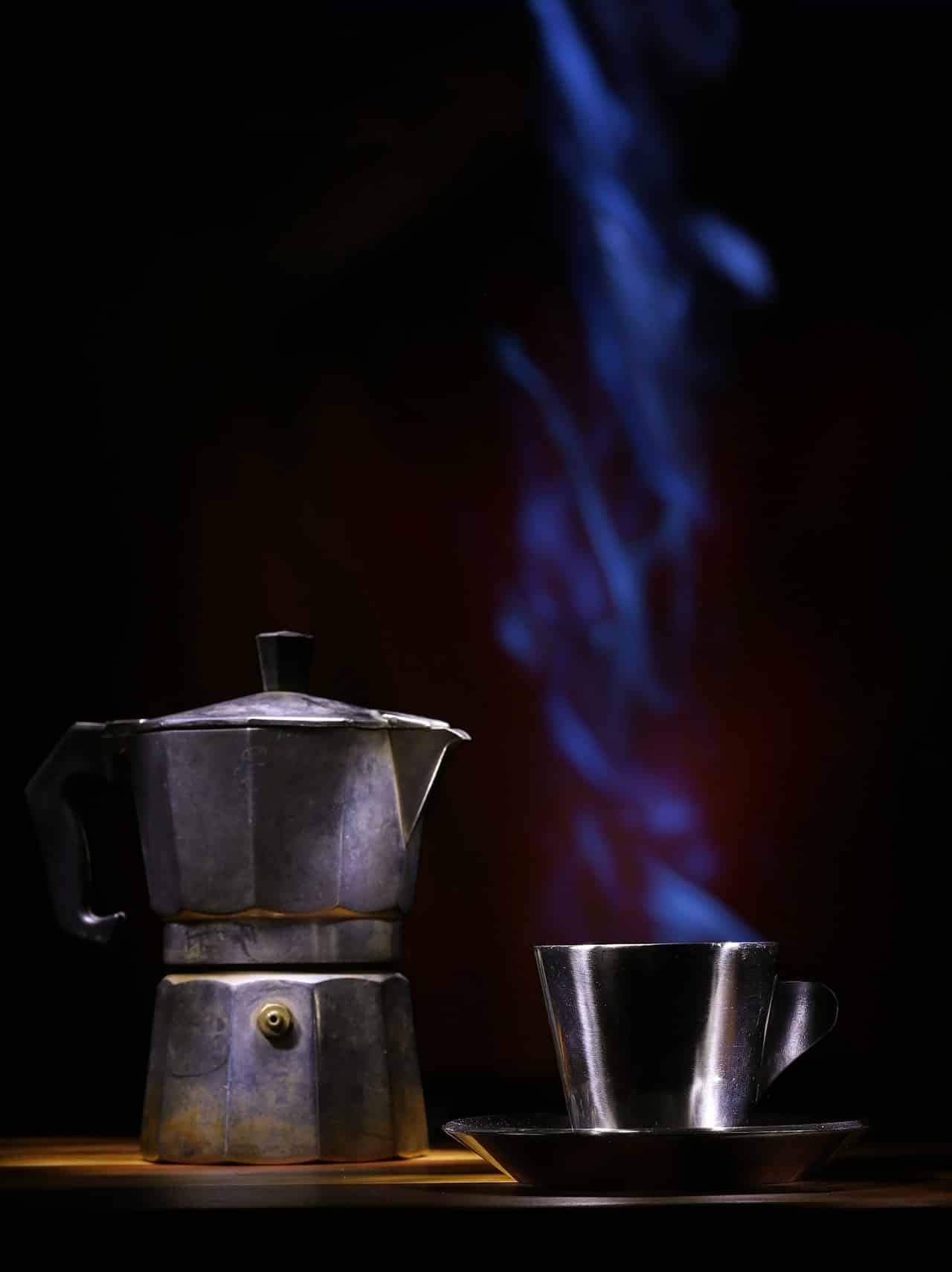
Why do all this? It’s simple: to make your photos interesting, imaginative, and unique. And to save money on props.
3. Get inspired by effects
How are creative ideas born? Through observation.
Let’s say you’ve experimented and figured out how to get creative effects like smoke. Great, but how do you incorporate it into your story? Try using visual association. What does smoke evoke for you? Mystery? Danger? Magic? Pick one of those associations, and now your photo has direction. For example, mysterious smoke rising from a teapot that looks like Aladdin’s lamp.
You can apply the same idea to fire. How can you describe it? What images does it suggest to you? For example, explosions, candles, campfires, and cooking. If you go with an explosion, you might build a scene around a chemical lab or even an alchemist’s den. Add your smoke, and suddenly you have a full story!
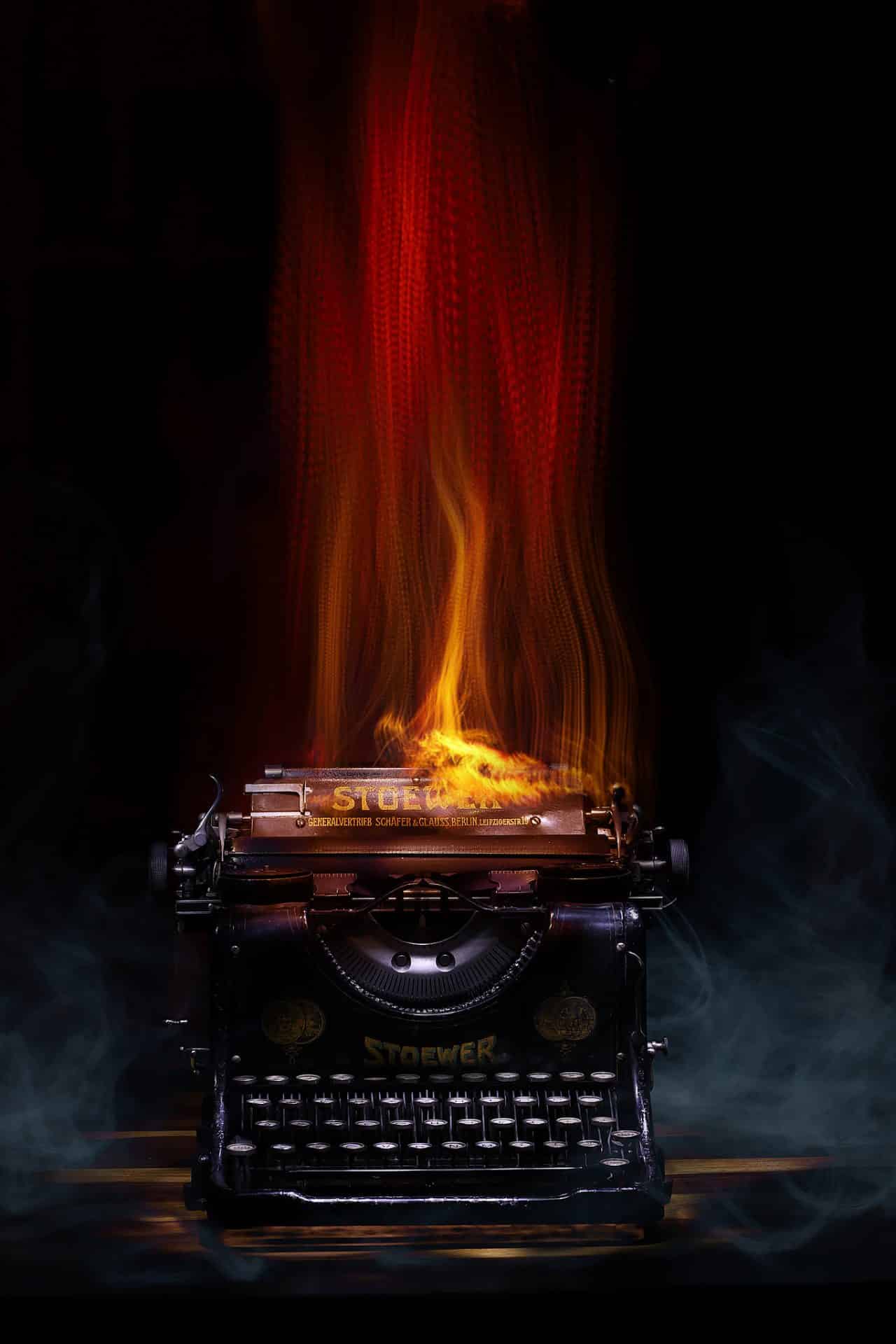
4. Use objects to tell a story
Look carefully around your home: ceramics, plants, antiques—nearly anything can be incorporated into the scene and become a “character” in the story.
You can listen to the character and create an image based on it, or the opposite, and create something completely unexpected. A mug usually means tea, coffee, sweets…but what if it becomes a house for a fairy or dwarf?
Everyone has books at home, and they’re associated with light, knowledge, letters, fantasy, science…what else? Playing cards might bring to mind magicians or casinos. You can also work with references to literature or film. Personally, I’m a huge fan of Alice in Wonderland, and it’s inspired me to tell all kinds of visual stories.
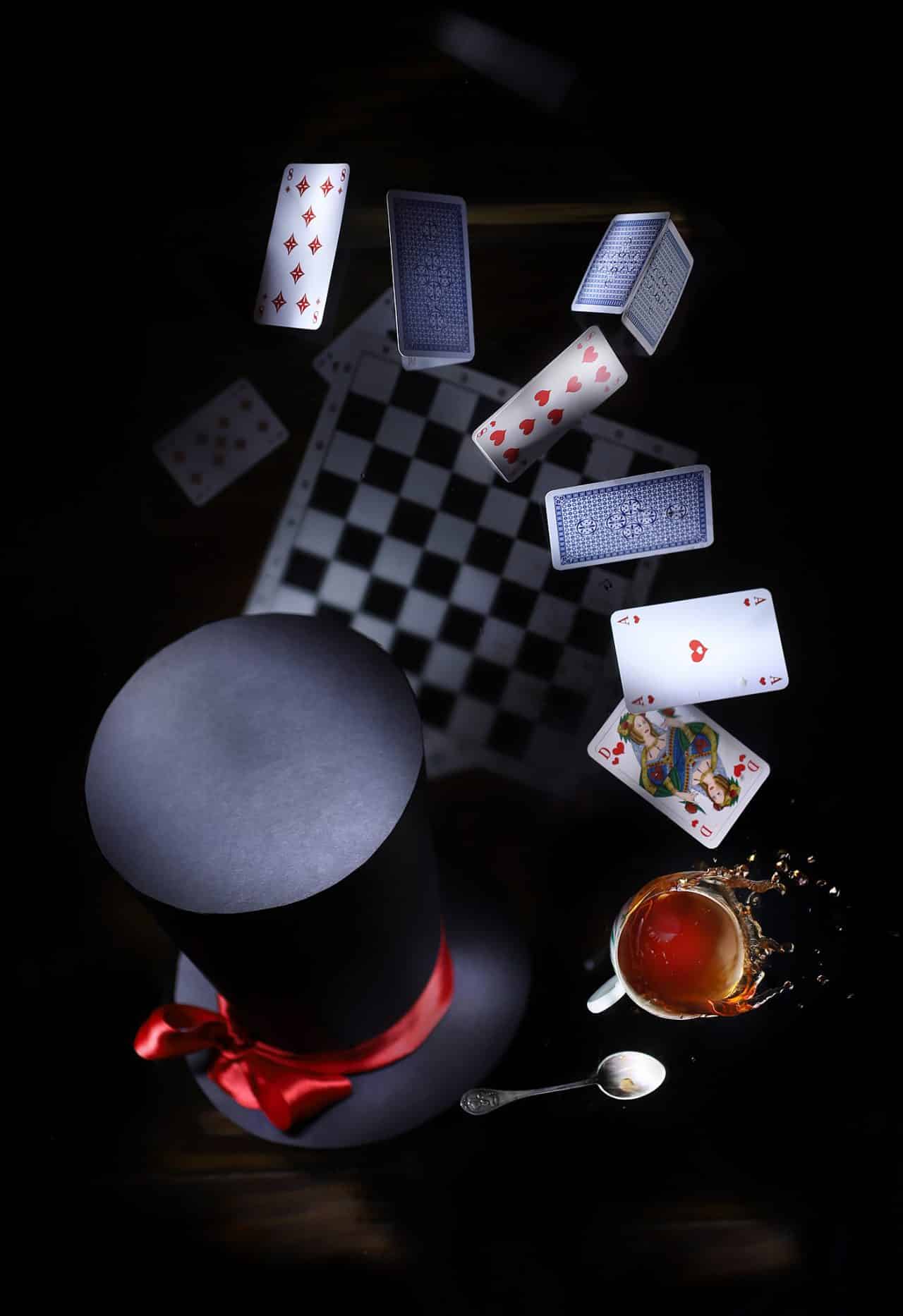
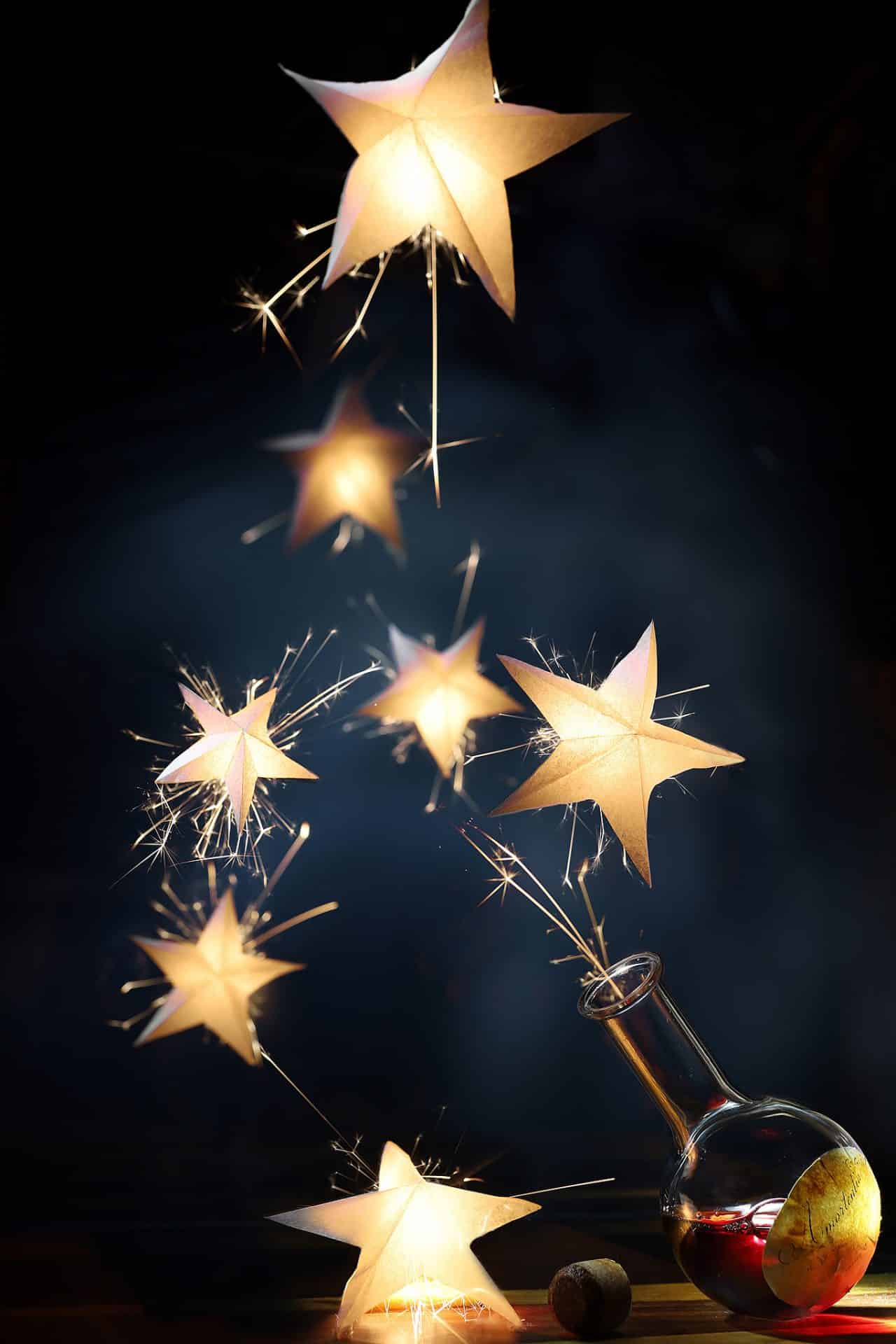
5. Let a fictional character tell the story
You don’t always have to tell the story yourself. You can entrust it to a fictional character, perhaps someone you don’t even know. Just use what you have at home as a starting point.
Do you own a lot of books? Your narrator could be a bookworm. Do you have an antique cake pan? Maybe your story is about a medieval baker. Do you have a globe and a suitcase? Then make the narrator a world traveler.
Let these characters get into strange situations: a lab experiment gone wrong, a cat leaping out of a bowl of milk, a photographer sipping tea from a lens, and munching on memory cards instead of cookies.
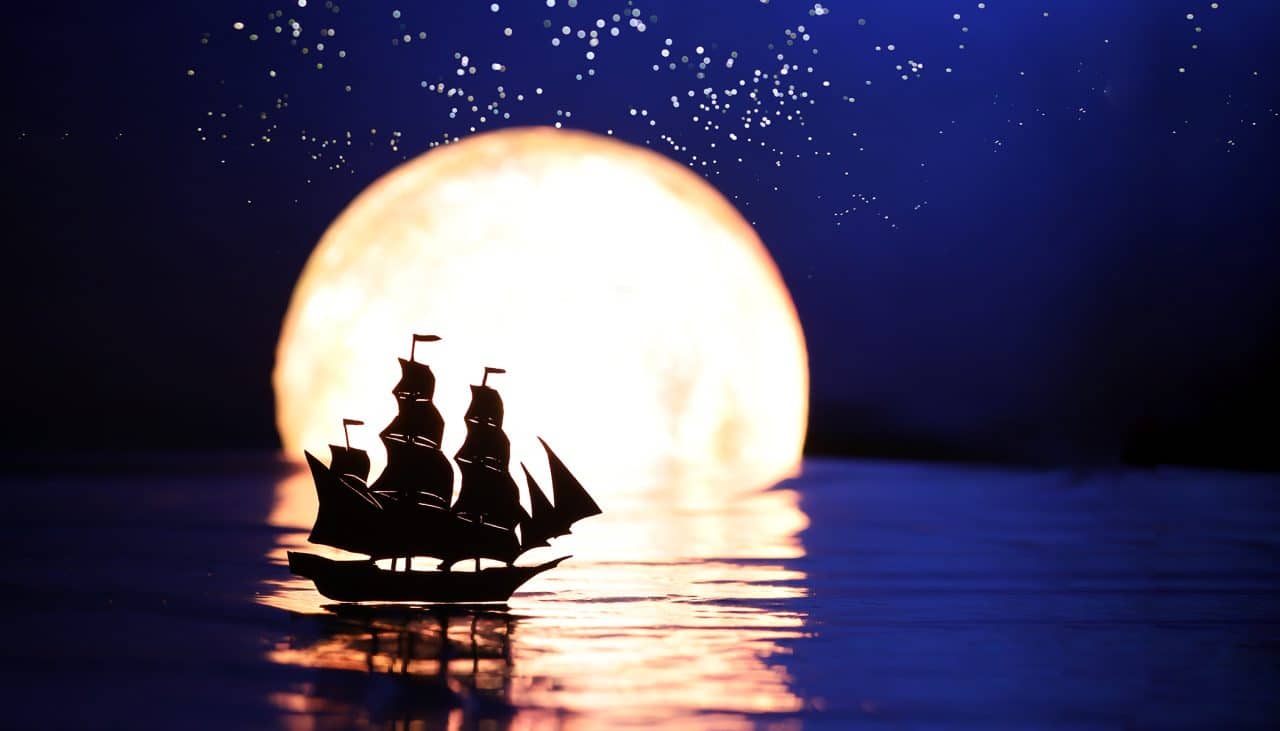
Not sure where to begin? Go back to your sketches. Give it just 15 minutes. You’ll be surprised at what ideas start to take shape!
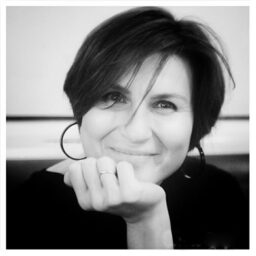
There are no comments yet.